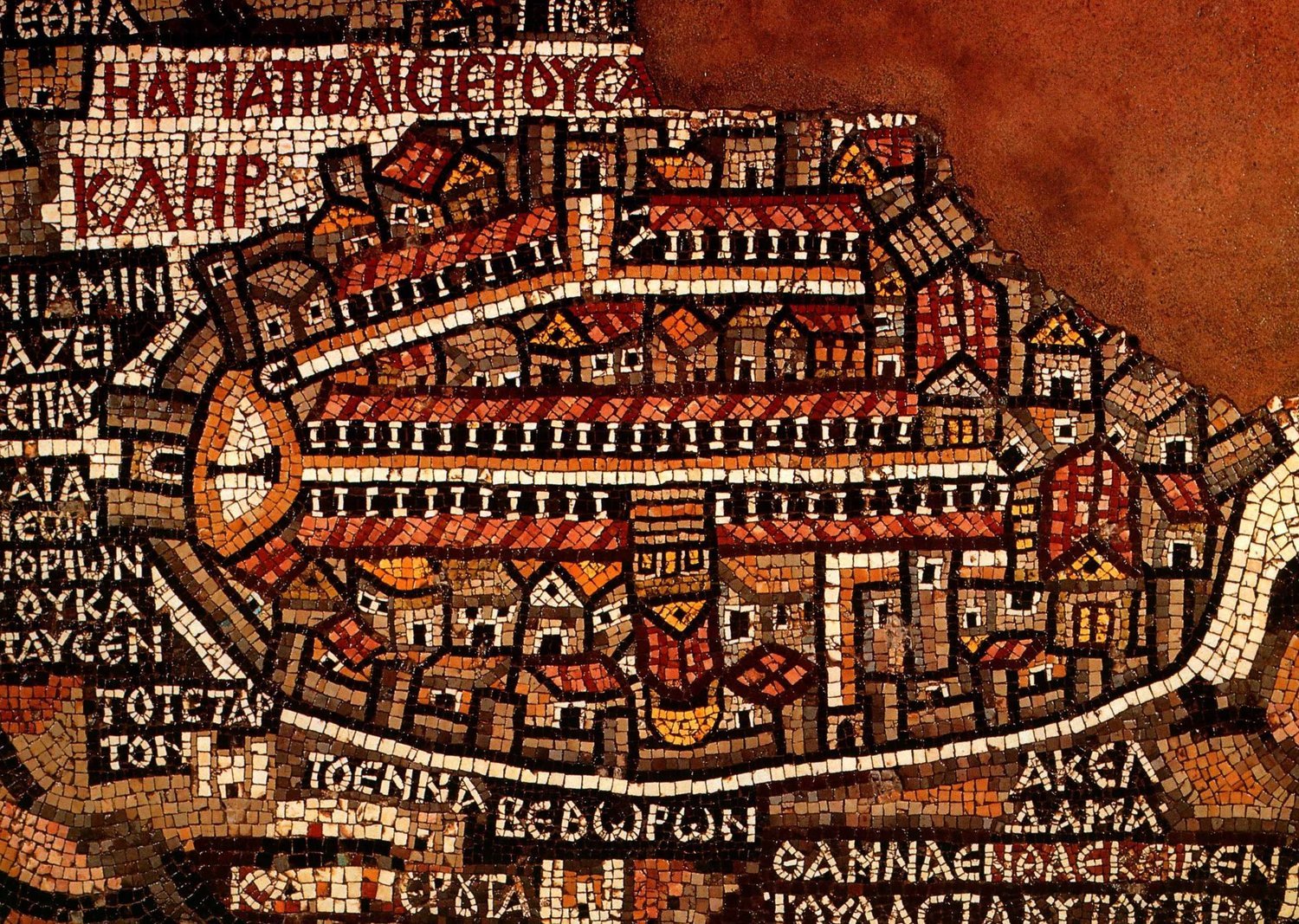
Courtesy: John Carlton
I am remodeling my old article titled "How Wide Spans the Ocean Sea". It consists of two parts. The first section covers maritime explorations carried out during the VI and V centuries BCE; it was so vividly described by Herodotus. We refer to the Phoenician expedition which is reported to have circumnavigated Africa, as well as the exploits of Sataspes, Scylax of Caryanda, and Hanno the Navigator.
The other segment collects the views of classical and medieval geographers concerning the prospect of crossing the Atlantic Ocean that was believed to separate Spain (or, in another version, Marocco) from China and Japan. These scholars discuss such issues as the existence of a landmass in between or an unbroken expanse of the deep blue. Among them, we find Aristotle, Eratosthenes, Posidonius, Strabo, Seneca, Augustine, as well as Pierre d'Ailly, Henricus Martellus, Martin Behaim, and Christopher Columbus.
This paper was originally part of my second book, The Enchanting Encounter with the East. However, since the keynote of this volume is the overland communication, I decided to take out this extract. It lay idle while I was investigating the initial topics of my third project, the search for the maritime access to India from Europe. A not long time ago, I decided to insert this extract.
I can't publish it now as I need to do another research which entails unavoidable corrections. Hopefully, I will upload it soon.
Meanwhile, my site https://independent.academia.edu/BaizermanMichael has attracted over five hundred readers; the good news obliges me to start writing a query letter for my second book.
This blog has been honored by more than 2800 visits. Special thanks to my American and Ukrainian readers. I would be thankful for any comments.




